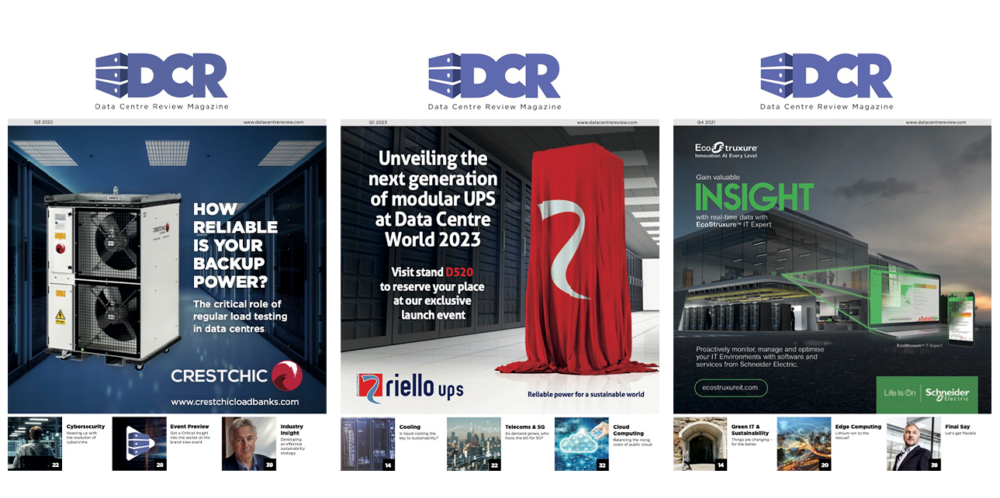According to Izabela Jasinska, Liquid Cooling Venture Leader at Chemours, advanced immersion systems can slash cooling energy by up to 90%, cut water use to near-zero and shrink footprints.
It’s no secret to this audience that AI, high-performance computing (HPC), and next-generation chips are creating a new set of challenges and opportunities for data centres. Whether you’re a data centre operator; design firm; or a server, tank, or chip manufacturer, you must find ways to meet the increasing chip-density, capacity, and heat demands, while minimising environmental impact and resource consumption.
Historically, these facilities have relied upon air-cooled technologies. However, as data-processing demand ramps up worldwide, these technologies alone are beginning to fall short, threatening some facilities’ efficiency and long-term viability.
Data centres are facing a ‘triple threat’ when it comes to cooling their processing units: high energy consumption, water use, and physical-space demands in already constrained areas. Facility owners and operators looking to scale operations quickly and efficiently need a long-term – rather than a stopgap – solution to these cooling challenges.
Liquid cooling can serve as one possible solution. This technology provides energy and water efficiency, high performance capabilities, and a lower total cost of ownership across diverse climates. For example, when compared to air-cooled technologies, two-phase immersion cooling technologies can:
- Reduce cooling energy usage by up to 90% – with a Power Usage Effectiveness (PUE) approaching 1 (as low as 1.05)
- Nearly eliminate water use across most climates and
- Enable up to a 60% reduction in the physical data centre footprint
To put those figures into context, US adoption alone could generate more than 8,000 TWh in energy savings by 2055, equivalent to powering 25 million households over the same period. Additionally, compared with other liquid-cooling technologies, two-phase immersion solutions can reduce facility operating costs by up to 88% and overall cost of ownership by up to 40%.
Beyond energy, water, and cost reduction, liquid-cooling technologies can also reduce the physical data-center footprint and interior noise, while supporting circularity. Some fluid can be recovered, reprocessed, and reused, and the heat removed can also be recovered and used for other purposes. These performance and efficiency gains can be achieved with higher rack density, meaning fewer tanks are required for the same computing power.
Liquid cooling – single-phase or two-phase, direct-to-chip or immersion – offers thermal performance that can support the AI and HPC boom, while helping operators minimise their carbon footprint.
Caution: Don’t underestimate the criticality of advanced materials
Advanced materials and fluids play a critical role in modern data centres. Whether it’s traditional air-cooling technology, the servers themselves, or the CPUs and GPUs that power them, data centres rely on fluorinated chemistry every day. Today, more than 95% of data centres are air-cooled using traditional HFC- or HFO-based refrigerants..
Amid ongoing media and regulatory discussion about fluorinated chemistry and PFAS, one may be tempted to dismiss fluorinated solutions; however, these are proven chemistries the industry already relies on and uses daily. Making a decision without adequately assessing the technology could potentially hinder long-term data centre performance and competitiveness.
When selecting a liquid-cooling solution, the industry should take a holistic, data- and science-based approach. A piecemeal assessment can lead to less-than-optimal performance, repeat expenses, or overlooking viable alternatives.
The bottom line is, tackling the data centre triple threat requires a new approach, and liquid cooling presents a set of innovative, safe, and viable solutions that merit close consideration.



